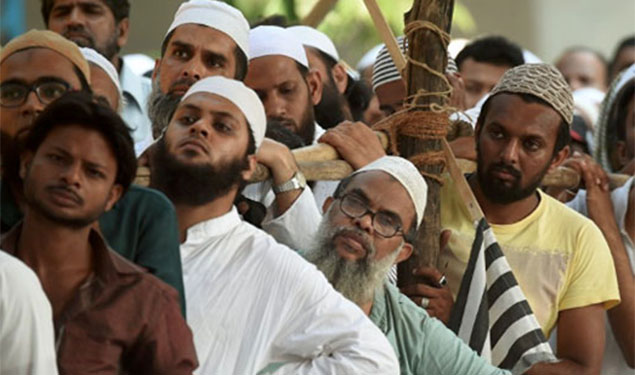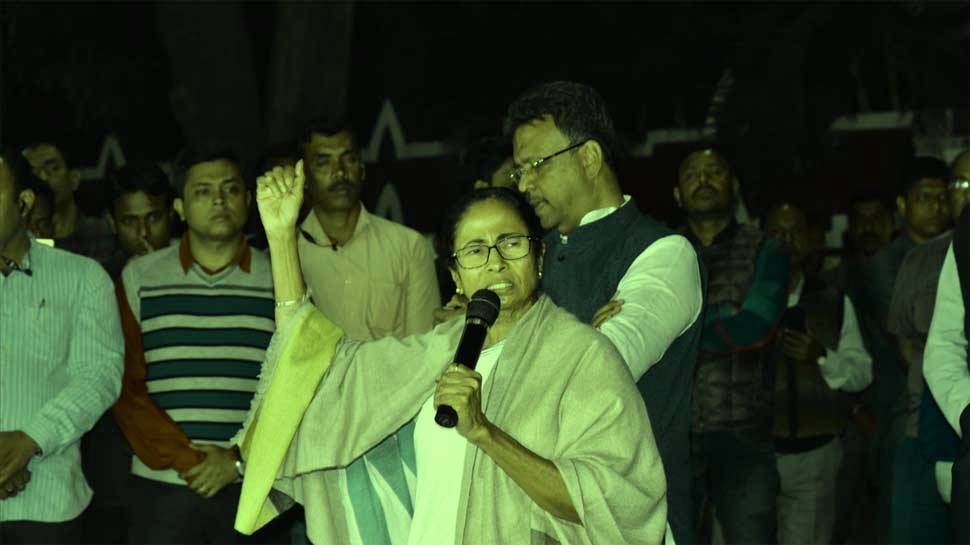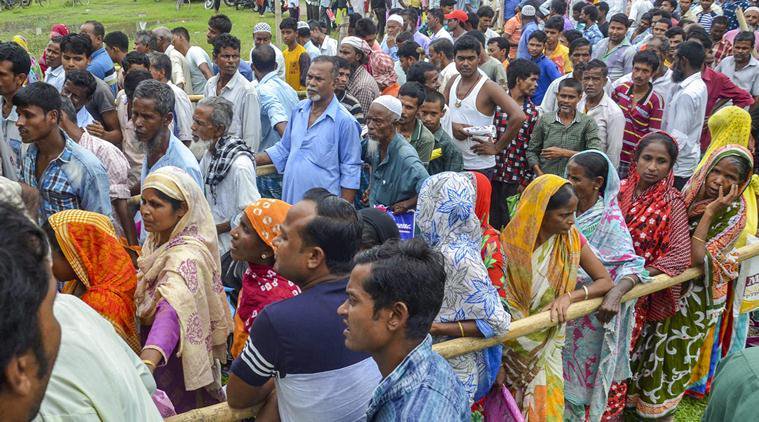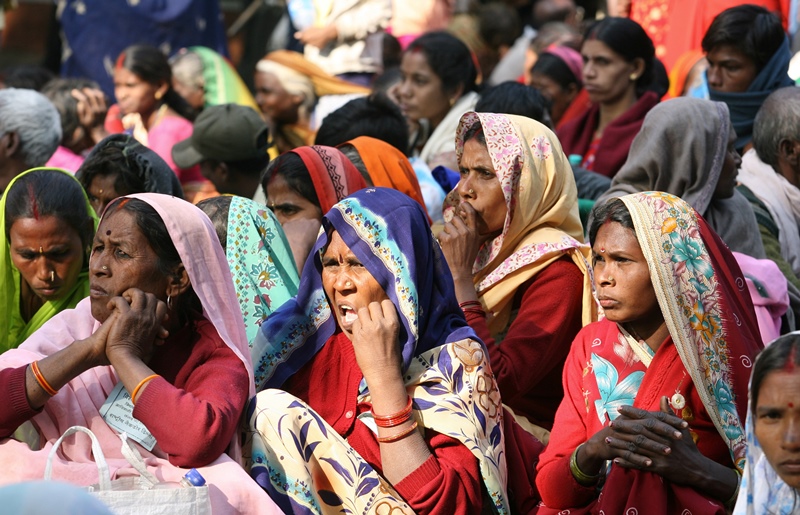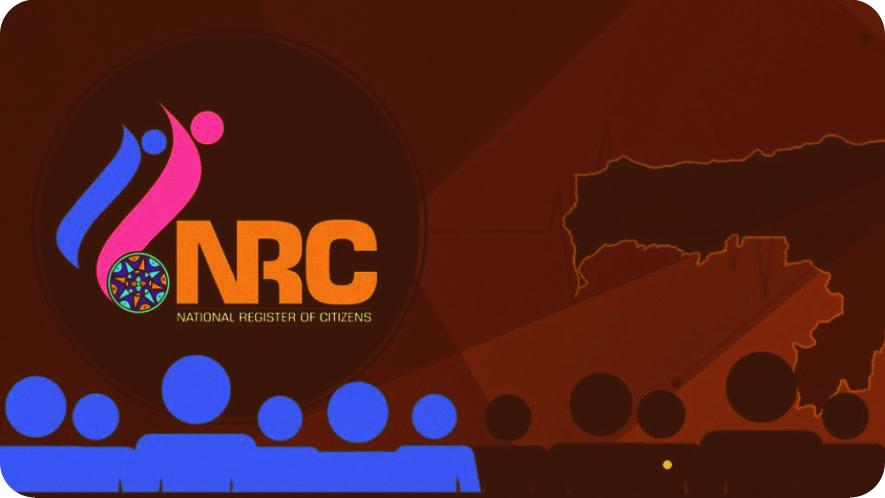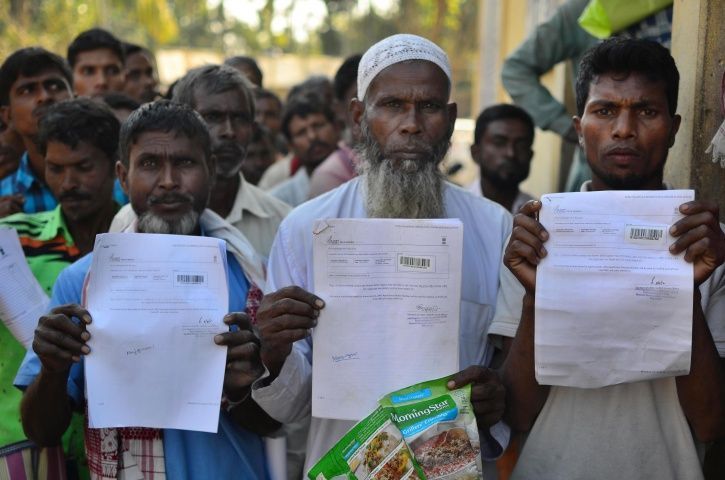Along with many states, Assam had also witnessed the 17th General Election in the month of April. The election was conducted in three phases covering the whole of Brahmaputra and Barak Valley. It is also very crucial to mention that this time the enthusiasm of both the political leaders as well as candidates on one hand and the voters on the other have been redoubtable.
This is evident from the fact that it recorded an all time high voting percentage with 81.52% which has surpassed the previous high of 80.13% accounted in 2014. In this regard, the profusion in the voting percentage is certainly a significant factor to reckon the election but only an aspect of it. At this juncture, it is equally crucial to understand what makes this election significant from a contextual ground. Here, an analysis of the vitality of the election from the perspective of both political actors and voters would be incumbent to comprehend the larger context.
In the month of January, Assam saw one of the strongest resistances in its course of history. It was against the controversial Citizenship Amendment Bill which was severely railed for being anti constitution and directly targeting a particular religion in question. For the ruling party under whose auspices the bill was brought into the fore, such a massive protest against it was not anticipated. Amongst so many agitations that Assam has been a testimony to, this one is the most stentorian in terms of affecting the politics of the state, the region as well the nation.
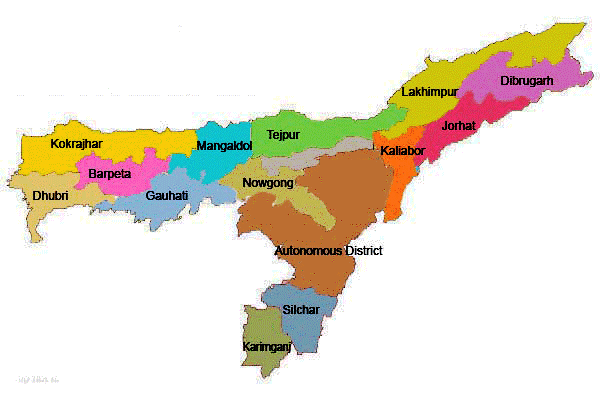
Besides, there was extensive media reportage that also had a sway over how the issue was perceived. Most importantly, the issue of CAB hit the conscience of the ‘Assamese public’ in a tremendous manner which is why it is regarded ostensibly as the most important issue over which the election battle is being fought. For the political parties one thing has become clear that they cannot afford to take Assam in particular and other parts of the Northeast region for granted.
The resistance against CAB could have flaws, the way any kind of mass opposition may have , but at the same time it has demonstrated the organisational abilities of native organisations, the leadership qualities of its leaders and the will of the ‘Assamese’ people . In addition, it has also for the very first time brought the political leaders and civil societies of the states in Northeast region together cutting across party lines to register solidarity against a seemingly indifferent centre.
As a result, the two national parties as the chief contenders for the first time without any strong regional force have been inimitably active with a sheer visibility of the top political leaders making several campaigning trips to not only woo the voters but also to revive their dented image and the shaken hold over the region’s politics.
Besides, in Northeast, Assam has always played a dominant role in determining the course of its political realities. It is because of its size, demography and existence of multiple communities including caste Hindus. The presence of caste Hindus and the hegemony of upper caste , middle class Assamese over the state’s politics and social life is the reason why the ruling regime is eyeing over Assam as a crucial seat of power.
Not only with the rhetoric of development but also more recently there has been reiteration of a Hindu way of life to garner support from this section. Interestingly, the main opposition party which was in power continuously for three terms and who had also very well played its communal card in the name of Muslim community in the past to strengthened its vote bank , now largely seems to attract and bring the same group i.e.; the Assamese middle class into its fold. In the hindsight, the voice of myriad of tribal group, religious minorities the lower caste Hindus and also the broadly the lower middle class Assamese communities (irrespective of religious and ethnic background) have been just obscured.
As far as the voters are concerned, it is a byzantine situation. Their concerns seem to be divided amongst jobs, social security, identity, foreigner’s issue and of course a hope of transformation in all the fronts. It is again important to note that depending on social locations the priorities of issues also vary.
However, unlike the past election scenarios, where particular issues or the charisma of a leader or any agitation tended to acquire the epicentre of the election, around which the rhetoric used to revolve, this time there seems to be no monopoly of the sort.
Certainly, like the rest of the country, the Modi wave has waned to a point where it cannot be the only reason touted to pursue and sway the voters. Moreover, for the Indian National Congress and All India Democratic United Front (AIUDF), the opportunity to grab the lost power as well as prominence in the state politics seems to be surfeit.
However, with apparent lack of leadership and failing to construct a narrative trenchant enough to strike a chord with the voters have been unfavourable to them. Besides, the pitfalls and rampant corruption that took place in the previous government are still fresh in the collective memory.
In such a situation , the mandate is seemingly a fractured one due to utter confusion, dismay and a sense of being without choice.. If for many the echoes of development and the promise of Jaati Maati aru Bheti(community, land and hearth; the primary slogan used by the state BJP unit in 2014 General Election implying to work for these three aspects) looks to be hollow and empty after four years, while for some others, leaning towards the other political players is also not an option given their earlier disappointing experiences. Amidst these perplexities, a vacuum is being felt and realised for a regional political force.
Asom Gana Parishad, which instantly comes to our minds when one talks about a regional party in Assam, has not only reneged the trust of the Assamese people with its dark history of reign but more so by being very flippant in dealing with the crisis emerging during the CAB resistance. The rejoining of the three ministers of AGP after they resigned from the government in their protest against the Bill had completely eroded whatever little respect, faith and hope people had on them.
It is not only their absolute expulsion from the political scene in Assam but also an abstruse scenario for a generation of people who struggled and pitched for an identity, dignity and self reliance. AGP was formed to represent these aspirations.
So, today when it has lost all its credence, an unspoken void has risen because politically, culturally and economically none of the national parties understood the sentiment of people or the nuanced context of the state.

